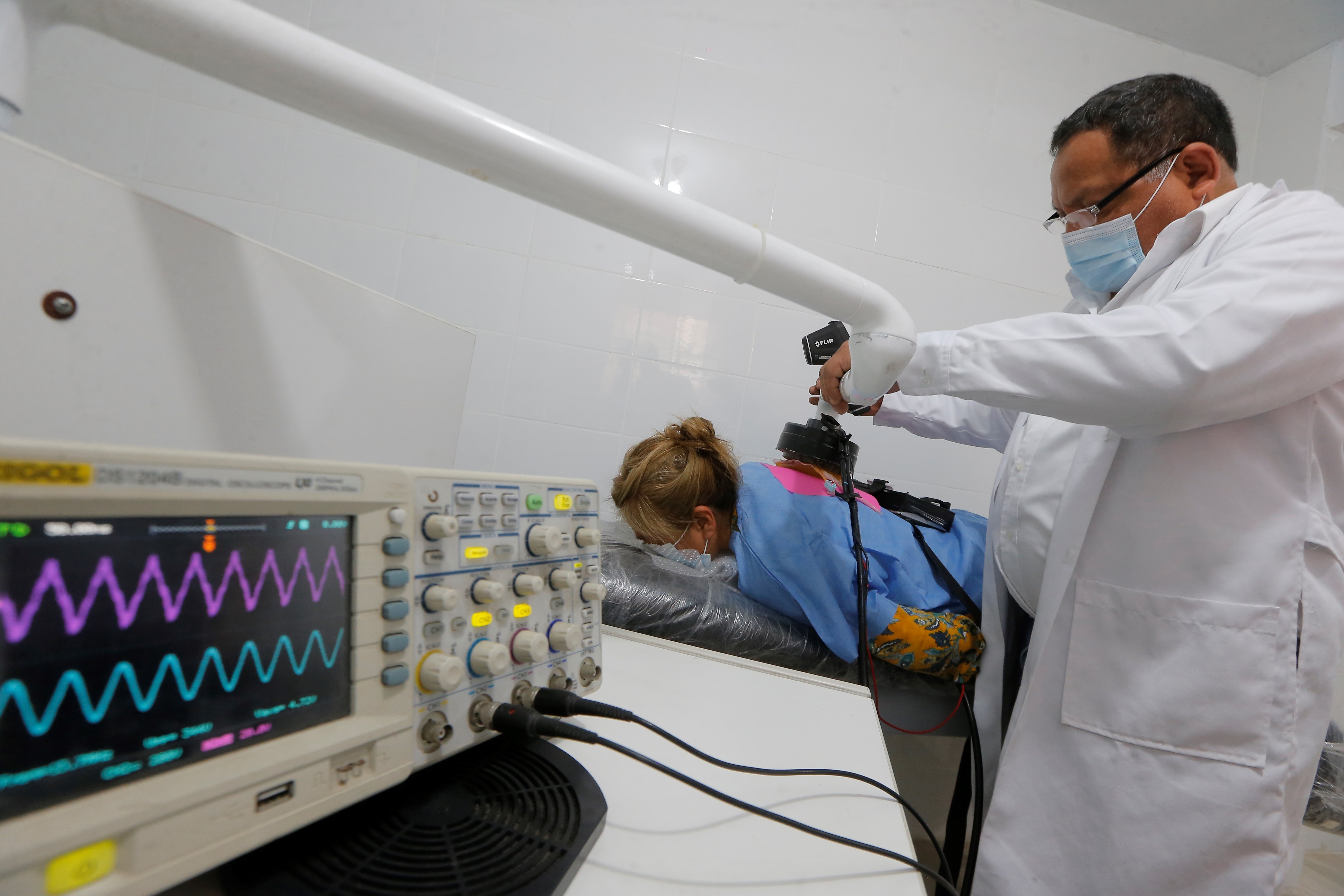Polymorphic light rash is a rash caused by sun exposure in people who have developed sensitivity to sunlight. In general, the rash appears as tiny raised bumps or inflamed spots on the skin.
The reaction usually occurs during the spring and early summer, when exposure to sunlight increases. The chance of a recurrence decreases as the summer progresses, but the rash usually reappears every year after the first time. If you do develop this sensitivity, the first onset is likely to be during your teens or after your 20s.
The condition is also known as polymorphous light eruption, sun allergy, and sun poisoning.
Polymorphic light eruption usually clears up on its own without scarring within 10 days. People with severe or persistent rashes may need medication.
Polymorphic light eruption rash symptoms may include:
Abundant clusters of small bumps and blisters
Rough, inflamed, raised macules
itching or burning
Rarely, there may be other symptoms, such as fever and chills.
In the case of polymorphous light eruption, rash refers to rash, which usually appears 30 minutes to several hours after sun exposure. The rash usually appears on areas of the body that are covered up in the winter but exposed in the summer, such as the upper chest, front of the neck, and arms.
See your health care provider if you have a rash with no obvious cause, such as a known allergy, or if you’ve had recent contact with poison ivy.
Polymorphic light rash looks similar to rashes caused by other diseases, some of which are serious. This is why it is important to get prompt diagnosis and treatment.
Seek immediate medical attention if the rash has the following characteristics:
is extended
It’s painful
It is accompanied by fever

Anyone can develop a polymorphous light eruption, but there are several factors that have been linked to an increased risk of this disease, including the following:
To be a woman
Having skin that burns easily in the sun
Living in northern regions
Having a family history of this disease
Your health care provider can reach a diagnosis of polymorphous light eruption through a physical examination and answers to the questions you’ve provided. Your health care provider may do lab tests to confirm the diagnosis or rule out other conditions. Tests may include the following:
Skin biopsy. The health care provider removes a sample of the tissue with the rash (biopsy) for analysis in a laboratory.
Blood test. A member of the health care team draws blood for analysis in a laboratory.
Photoevidence. A specialist in skin diseases (dermatologist) exposes small areas of the skin to measured amounts of light. GRAPE and UVB to try to reproduce the problem. If the skin reacts to radiation UV you are considered to be sensitive to sunlight (photosensitive) and may have polymorphous light eruption or another type of disorder caused by light exposure.
The health care provider may need to rule out other disorders characterized by skin reactions caused by exposure to light. These disorders include the following:
Chemical photosensitivity. There are a variety of chemicals, such as medications, medicated lotions, fragrances, or plant products, that can cause photosensitivity. When this occurs, the skin reacts every time it is exposed to sunlight after a certain chemical has been ingested or touched.
Sun urticaria. Solar urticaria is an allergic reaction caused by the sun that causes hives: raised, itchy, inflamed welts that come and go on the skin. Hives can appear after a few minutes of sun exposure and last from a few minutes to hours. Solar urticaria is a chronic condition that can last for years.
Lupus rash. Lupus is an inflammatory disorder that affects different systems of the body. One of the symptoms consists of the appearance of a raised rash on areas of the skin exposed to sunlight, such as the face, neck or upper chest.

Treatment of polymorphic light eruption is usually not necessary, because the rash usually clears up on its own within 10 days. If symptoms are severe, your health care provider may prescribe anti-itch medication (a corticosteroid cream or pill).
Your health care provider might suggest phototherapy to prevent seasonal episodes of polymorphous light eruption if you have disabling symptoms. Phototherapy exposes the skin to small doses of light. GRAPE either UVB , which helps the skin to be less sensitive to light. Mimics the excess sunlight you are exposed to during the summer.

